Traditional Chinese nail guards (Zhi Jia Tao, 指甲套), also known as "Hu Zhi (护指, finger protection)". The ancient palace noblewomen used gold and silver to make nail guards to protect their nails and show their status, were extremely fine and gorgeous, with a wide variety.
If you have watched the wonderful historical TV drama Ruyi's Royal Love in the Palace, you may have noticed that the concubines in the drama have long nails on their slender hands and wear nail guards on their end fingers, showing their nobility and elegance.
Such luxurious Chinese nail guards, in addition to showing the identity status characteristics, what is its role, today let's explore it!
History of keeping long fingernails
Everyone has a love of beauty. Since ancient times, it has been every woman's wish to have a pair of delicate hands, and the ancient Chinese had three main aesthetic standards for women's fingers: pointed, long, and white.
The direct purpose of keeping long nails for women in ancient times was to make the nails extend the fingers, making the hand shape look sharp and long.
And in ancient times, both men and women pursued long nails for beauty, many noble families and literati, all like to keep long nails, to show their own dignity in the state of life.
Ancient people so fond of the long nails, grow such a long nail, usually need a long time, a little carelessness is easy to split or break, in order to protect these long and thin nails, specially in the fingers plus nail guards to play a protective role.
Beauty on fingertips
In today's time, you can always see many beauty lovers spending a lot of time in the nail salon, just for the beauty on the fingertips.
The trend of nail art, not a modern fashion, the ancient women will already pick flowers to dye the nails to make them more beautiful, the most common method is the balsam (impatiens balsamina, 凤仙花).
Balsam, also known as fingernail flower (指甲花), is a brightly colored, with all-natural material that does not harm the nails, and its flowers and leaves can be used to dye nails.
In the TV series "The Legend of Zhen Huan", the imperial concubine also used the juice of Balsam to dye their nails. In the sequel to the "Gui Xin Za Shi", it is written that "the red Balsam is pounded with leaves, into a little alum inside, first wash the nails, and then apply on the nail, wrapped with a piece of cloth to hold overnight, the initial dyeing light, and even dyed three times, its color is like rouge".
The nail care secrets of the Empress Dowager Cixi
In the portrait of Empress Dowager Cixi, a pair of long beautiful nails and pearly nail guard, very striking. Cixi's nails were very strictly manicured and needed to be soaked with medicinal water all year round.
According to Miss Rong, a maid at Cixi's side, there were several steps to go through to care for her nails every day.
- with the Chinese medicine prescribed by the doctor, boiled with water, and soak hands.
- after soaking while the nails are soft, use a small nail file to trim the nails simply.
- then use a small brush to wash inside and outside once.
- finally, then use foreign imports of silver nail polish evenly coated.
Categories of Chinese nail guards
- In terms of material, there are gold and silver, as well as tortoiseshell and enamel ones.
- In terms of shape, the nail guard head is blunt and rounded or thin and pointed. Some are straight, and there are also curved shapes.
- The nail guards usually have holes and are breathable. However, most tortoiseshell nail guards are closed due to the limitations of the material.
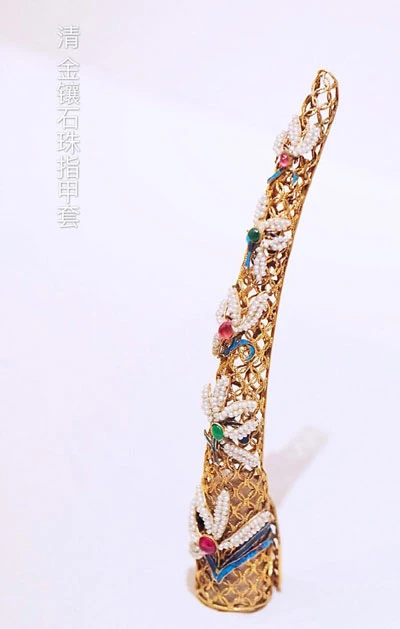
Chinese nail guards can be worn in up to four fingers, daily wear in the ring finger and pinky finger, although nail sets are made in pairs, but the imperial concubines generally do not wear pairs.
In the Qing Dynasty, the style and material of finger guards have changed a lot, the ornamentation is extremely beautiful, in addition to the traditional gold, silver, copper and other metals, cloisonne, and other materials also gradually prevailed, in the late Qing Dynasty, the Chinese nail guards of magnificent reached its peak.
More about costumes and accessories of the Qing Dynasty:
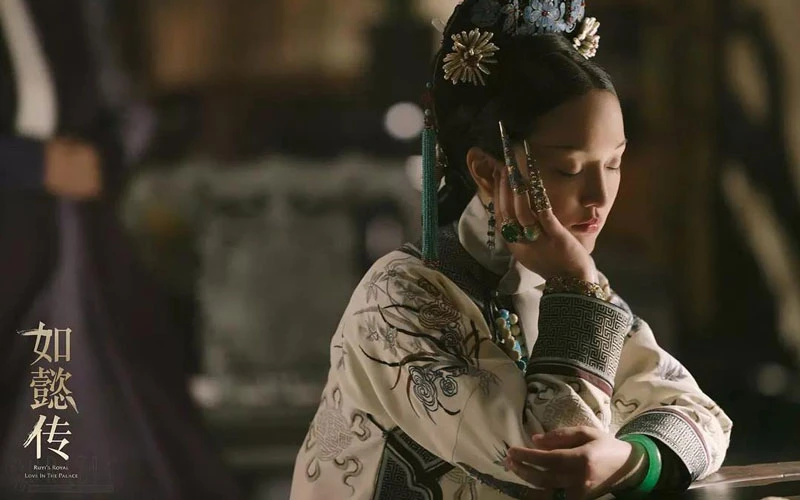
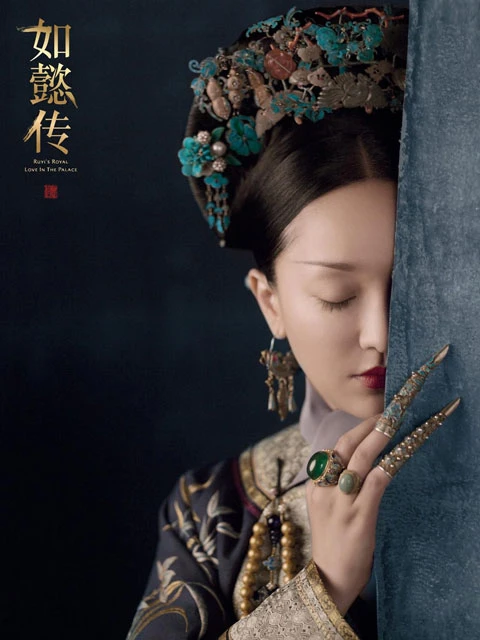

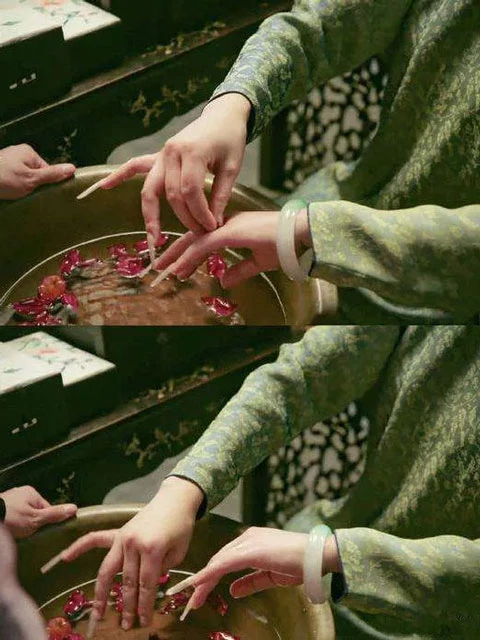

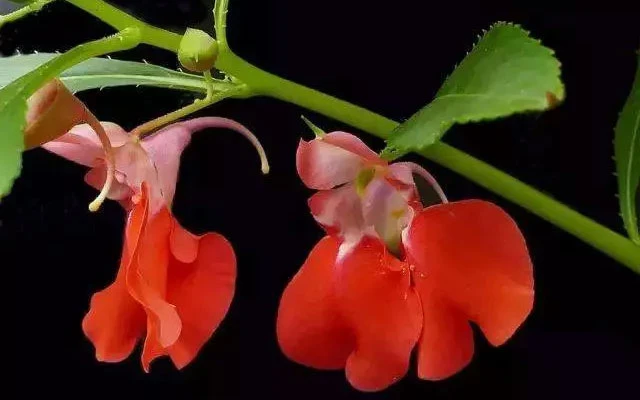
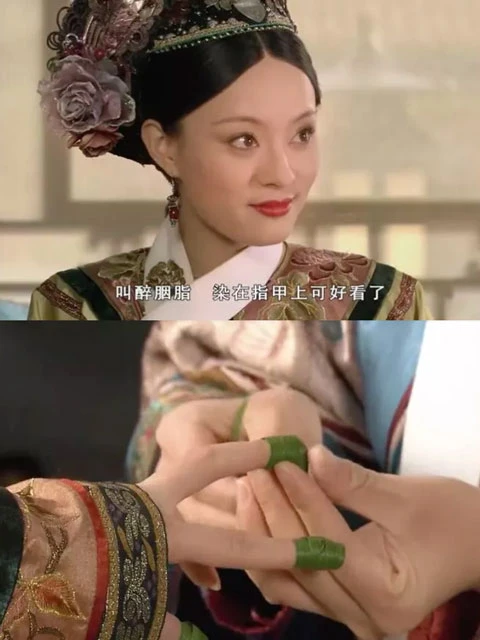

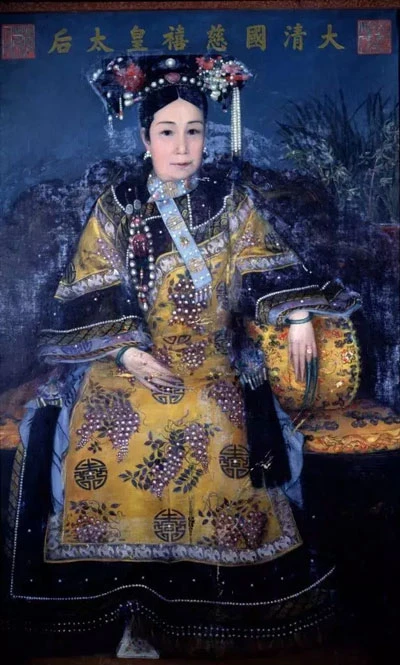

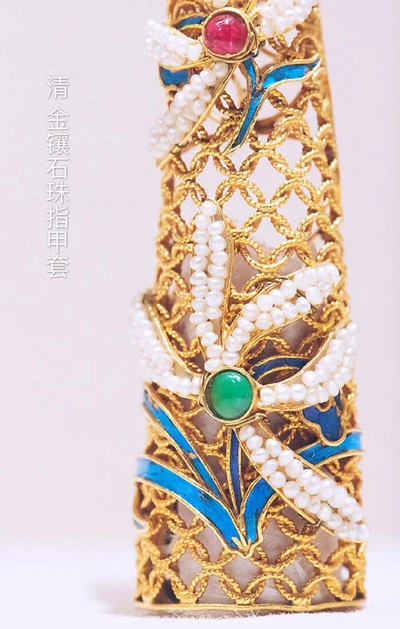
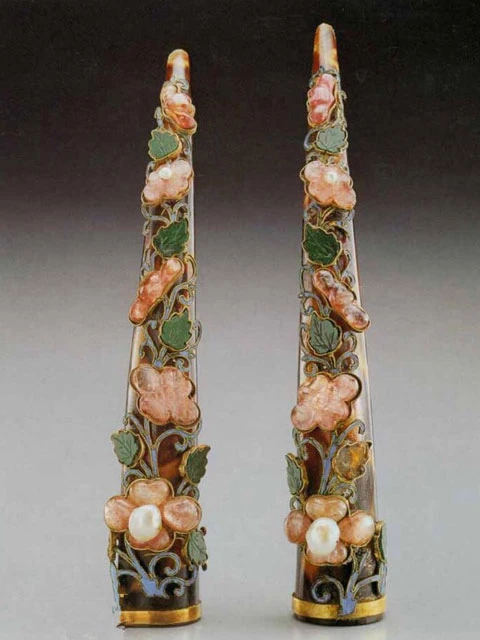
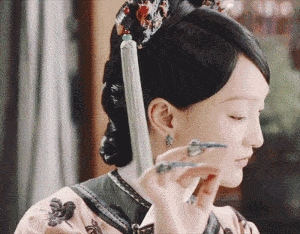
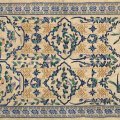


I've always found these to be very fascinating!